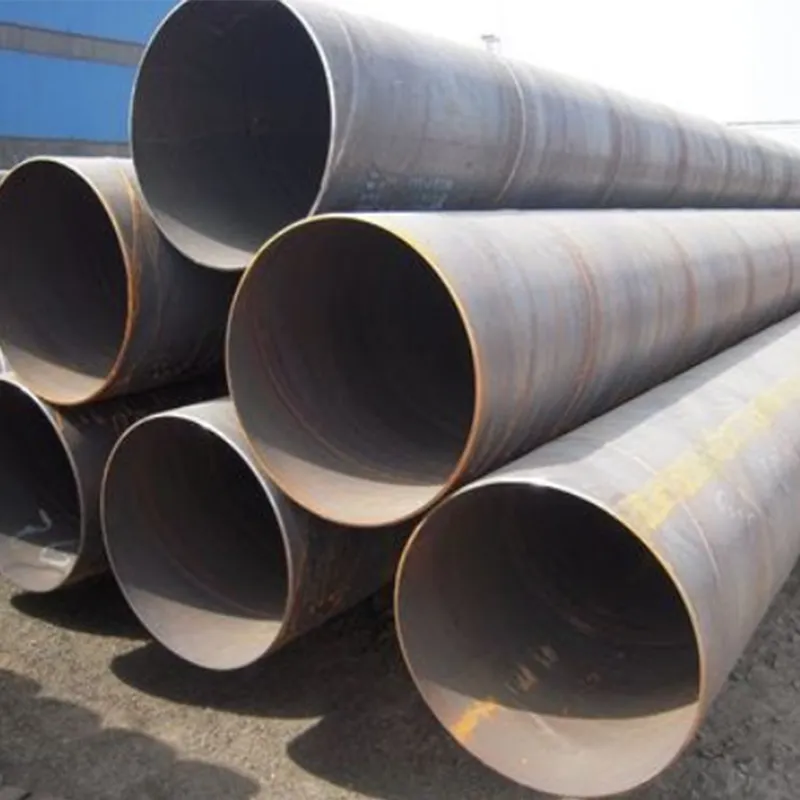-
Cangzhou Yulong Steel Co., Ltd.
-
Phone:
+86 13303177267 -
Email:
admin@ylsteelfittings.com
- English
- Arabic
- Italian
- Spanish
- Portuguese
- German
- kazakh
- Persian
- Greek
- French
- Russian
- Polish
- Thai
- Indonesian
- Vietnamese
- Zulu
- Korean
- Uzbek
- Hindi
- Serbian
- Malay
- Ukrainian
- Gujarati
- Haitian Creole
- hausa
- hawaiian
- Hebrew
- Miao
- Hungarian
- Icelandic
- igbo
- irish
- Japanese
- Javanese
- Kannada
- Khmer
- Rwandese
- Afrikaans
- Albanian
- Amharic
- Armenian
- Azerbaijani
- Basque
- Belarusian
- Bengali
- Bosnian
- Bulgarian
- Catalan
- Cebuano
- China
- China (Taiwan)
- Corsican
- Croatian
- Czech
- Danish
- Esperanto
- Estonian
- Finnish
- Frisian
- Galician
- Georgian
- Kurdish
- Kyrgyz
- Lao
- Latin
- Latvian
- Lithuanian
- Luxembourgish
- Macedonian
- Malgashi
- Malayalam
- Maltese
- Maori
- Marathi
- Mongolian
- Myanmar
- Nepali
- Norwegian
- Norwegian
- Occitan
- Pashto
- Dutch
- Punjabi
- Romanian
- Samoan
- Scottish Gaelic
- Sesotho
- Shona
- Sindhi
- Sinhala
- Slovak
- Slovenian
- Somali
- Sundanese
- Swahili
- Swedish
- Tagalog
- Tajik
- Tamil
- Tatar
- Telugu
- Turkish
- Turkmen
- Urdu
- Uighur
- Welsh
- Bantu
- Yiddish
- Yoruba

Dec . 16, 2024 10:19 Back to list
Steel Butt Welding Elbow Applications and Benefits for Piping Systems in Various Industries
Understanding Steel Butt Welding Elbows A Comprehensive Guide
Steel butt welding elbows are crucial components in piping systems, facilitating the flow of fluids and gases while maintaining the integrity of the pipeline. Their design and use are pivotal in various industries, including oil and gas, water treatment, and chemical processing. This article explores the characteristics, advantages, manufacturing processes, and applications of steel butt welding elbows.
What are Steel Butt Welding Elbows?
Steel butt welding elbows are fittings that connect two sections of piping by allowing a change in direction, typically at 45 or 90 degrees. Unlike other types of elbows, butt welding elbows are designed to be welded directly to the pipe ends, providing a strong and permanent joint. The seamless nature of these elbows enhances their mechanical strength and leak resistance, which is critical in high-pressure applications.
Types and Specifications
Steel butt welding elbows are available in various materials, including carbon steel, stainless steel, and alloy steel, making them suitable for diverse environmental conditions. The specifications of these elbows are governed by standards such as ASME B16.9 and ASTM A234, which dictate dimensions, tolerances, and material grades.
In terms of angles, the most common types are
1. 90-Degree Elbows These are used for sharp turns in the piping system. 2. 45-Degree Elbows These provide a smoother transition, reducing pressure loss and turbulence.
Advantages of Steel Butt Welding Elbows
1. Strength and Durability The butt welding process results in a joint that is as strong as the pipe itself, making it ideal for high-stress applications. The absence of flanges or other fasteners reduces the risk of leaks and failures over time.
2. High Pressure and Temperature Resistance Steel butt welding elbows can withstand extreme temperatures and pressures, making them suitable for industries such as oil and gas, where conditions can be harsh.
3. Corrosion Resistance When manufactured from stainless steel or properly coated carbon steel, these elbows offer excellent resistance to corrosion, ensuring longevity in aggressive environments.
4. Lower Maintenance Costs Due to their durability and the absence of connection points that can lead to leaks, these elbows often require less maintenance compared to other fittings.
steel butt welding elbow

Manufacturing Process
The production of steel butt welding elbows typically involves several steps
1. Material Selection High-quality steel is chosen based on the application requirements and environmental conditions.
2. Forming The chosen steel is heated and shaped into the desired elbow configuration using techniques like bending or pressing.
3. Welding The ends of the elbow are prepared for welding, and the fitting is welded to the pipe ends. This may involve techniques such as TIG or MIG welding, ensuring a robust and leak-proof joint.
4. Quality Control After manufacturing, each elbow undergoes rigorous testing to ensure it meets specific standards for pressure, temperature, and structural integrity.
Applications
Steel butt welding elbows are used in a wide range of applications across various industries. Some notable examples include
- Oil and Gas These elbows are extensively used in pipelines transporting crude oil, natural gas, and other hydrocarbon products, where safety and reliability are paramount.
- Water Treatment In water distribution systems, steel butt welding elbows help maintain the flow of treated water through complex networks.
- Chemical Processing The chemical industry often requires elbows that can withstand corrosive substances. Steel butt welding elbows made from appropriate alloys are employed to ensure safe and efficient operation.
Conclusion
Steel butt welding elbows play an essential role in the functionality of piping systems across numerous industries. With their unmatched strength, durability, and resistance to high pressures and temperatures, they are a favorable choice for engineers and designers. Understanding their specifications, advantages, and manufacturing processes allows for better application and ensures the longevity of the systems they serve. As industries continue to evolve, the demand for high-quality, reliable piping components like steel butt welding elbows will only grow, solidifying their importance in engineering and infrastructure projects.
Latest news
-
ANSI 150P SS304 SO FLANGE
NewsFeb.14,2025
-
ASTM A333GR6 STEEL PIPE
NewsJan.20,2025
-
ANSI B16.5 WELDING NECK FLANGE
NewsJan.15,2026
-
ANSI B16.5 SLIP-ON FLANGE
NewsApr.19,2024
-
SABS 1123 FLANGE
NewsJan.15,2025
-
DIN86044 PLATE FLANGE
NewsApr.19,2024
-
DIN2527 BLIND FLANGE
NewsApr.12,2024
-
JIS B2311 Butt-Welding Fittings LR/SR 45°/90° /180°Seamless/Weld
NewsApr.23,2024











